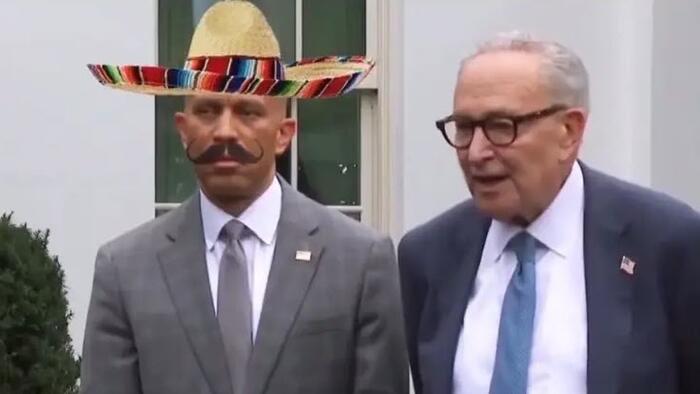


By Bas van Geffen, Senior Macro Strategist at Rabobank
The US shutdown enters another day. Moderates on both sides of the aisle are exploring ways to strike a deal to reopen the government. The senators’ ideas include a shorter stopgap bill than the seven-week extension provided in the bill that was passed in the House of Representatives, combined with possible assurances that Republicans are willing to compromise on health insurance subsidies. These bipartisan discussions have yet to yield any tangible results, though.
Incentives are complicating the resolution of this impasse. The shutdown gives the Democrats some leverage, and they hope that their fight to preserve Affordable Care Act subsidies will give them an edge in the midterm elections next year. However, historically, such hostage-taking has often backfired. And the Republicans are already trying to shift the blame to their political opponents. Several government agencies explicitly mention the Democrats as the reason that public services are unavailable.
Aside from that blame game, the shutdown may not be too bad for team Trump, as our US strategist noted yesterday. It allows the administration to lay off civil servants permanently, which Trump’s Department of Government Efficiency sought to achieve in the first months of his term. And, unlike DOGE’s plans, the administration can now put the blame on the Democrats’ refusal to cooperate. White House Press Secretary Leavitt has suggested that these layoffs are imminent.
Markets have mostly shrugged off the government shutdown. US Treasuries ended the day slightly bid, with yields declining about 5bp across the curve, while equities post modest gains. Perhaps the market is not too worried about the economic implications yet, or perhaps the market believes that the Fed is now even more likely to step in, as a protracted shutdown could have ramifications for growth – even though the Fed is now facing another level of difficulty, with official data on the labour market and inflation unavailable until further notice. Chicago Fed President Goolsbee signalled unease with the lack of data, at a time when services inflation showed a renewed pickup.
Meanwhile, Europe is also at a political impasse of its own making. The European Commission has drafted various omnibus bills that aim to address complaints from multiple industries that red tape and regulation are stifling their competitiveness. Member states have set up procedures to fast-track this elimination of regulatory requirements. But, the European Parliament has objected to this omnibus-bill approach, because it clashes with the way the European Parliament operates.
If procedures and the way of working complicate a simplification drive in the EU, then surely it must be an issue when it comes down to the defense of the continent.
European leaders have agreed on the need to create a European “drone wall,” but the European Commission has yet to design a detailed plan for the defence system. Commission President Von der Leyen said that the eastern border would be a priority. But that has already led to complaints from Italy’s Meloni, who believes that the southern border should not be forgotten, and France’s Macron, who wants a more comprehensive approach. Will this drone wall get caught in its own red tape? As we noted in yesterday’s daily, power either needs to centralise further or be decentralised again, for Europe to remain responsive to such threats.
And keep in mind that defensive shields such as this drone wall aren’t a one-off. The wall is not done when the bricks are laid, but it would probably require continuous maintenance and upgrades to stay current and effective.
As a case in point, recent Russian innovations have increased the efficacy of their missile strikes. Interception rates have dropped as improved flight paths and evasive manoeuvres allow Russian missiles to escape the Patriot air defense systems. That could be a game changer. But so too could be the US’ approval to provide long-range Tomahawk missiles – and intelligence.
In areas that are squarely within Brussels remit, the Commission is making more advances. The EU’s anti-dumping task force has been announcing new measures almost weekly – albeit on very specific goods and products.
The European Commission is now also looking to amp up protectionist measures for its own steel industry. Brussels is considering halving the current import quota, as well as significantly increasing the tariff rate on foreign steel, “in line with what our American and Canadian partners are doing.”
The additional measures come as European products are also increasingly in the crosshairs of strategic rivals like China. Beijing is shunning European telecom equipment, in favor of its domestic networking equipment. This begs the question why Europe is not doing the same. Warnings about the potential risks of Chinese-made equipment have so far only made a small dent in their use in European infrastructure.
